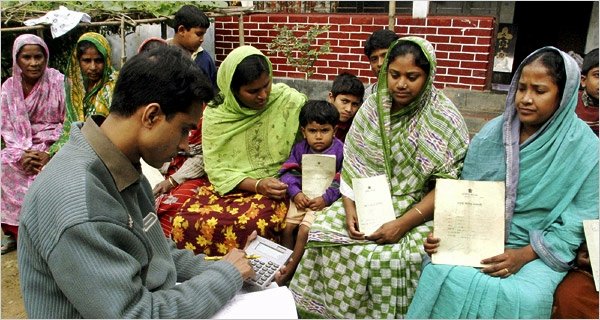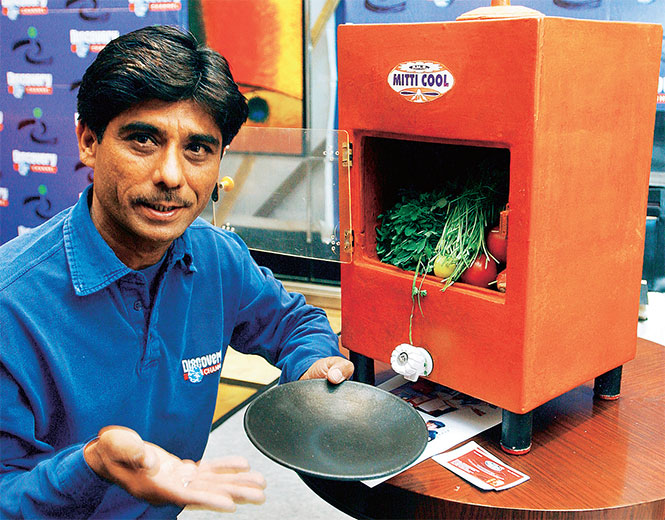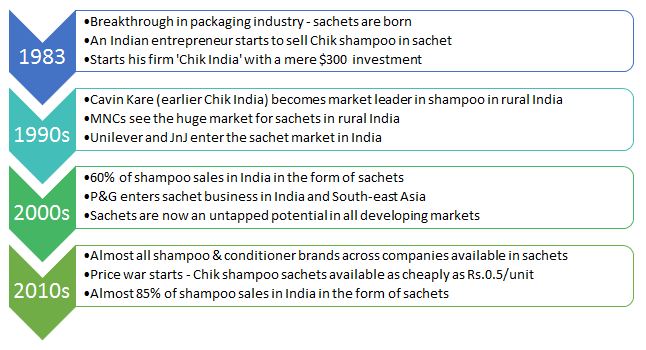Decoding poverty and our approach towards it.
It is not wrong to conclude that direct aid is not a very good solution for eradicating poverty, as it doesn’t try to tackle the root of the problem. It is easy to conclude that lack of money is the only cause of poverty but the truth is that poor people at times pay more for similar goods and services than the well to do population. The main reason for this poverty premium is the unavailability of access to basic services like banking, health care and organized retail. And this disparity is mainly due to some.
The exclusion of the poor from the main stream economics is one of the major reason that they stay poor, and the poor are not really seen as a market because of few general misconceptions which we’ll try to present here and also give some arguments against them.
1.There is no money at the bottom of the pyramid.
Though it is true that these people have a very low daily income but it’s due to their large number they represent a very large fraction of economy. If sincere attempts are made towards tapping this potential then exhilarating results can be seen. One good example of this is the introduction of small sachets of shampoo in the Indian market. The number very clearly show how affordability can change the sale patterns and it very clearly makes clear that the poor could have more motivations beyond food and shelter.
2.Poor people are not entrepreneurial
The poor people have proved to be very good entrepreneurs when given an opportunity. Microfinance has been a great success in providing the poor with a small amount of money to start their own ventures. Grameen bank has done this very successfully in Bangladesh and their micro credit also comes with an obligatory savings policy, which allows poor the access to the banking services.
Another successful attempt to help poor and uneducated was made by a Bolivian bank,, which made talking ATM machines in different local languages and made that very graphic to enable the illiterate people use it easily.
Vocational schools can also be a great way to teach this people job specific skills and enable them to enter the labor market.

Source
3.The needs of the poor are same as the rich
It will always be difficult to eradicate poverty as long as we think in conventional terms, eradicating poverty calls for a lot of innovation. At times the sellers have to try to innovate at others times they just need to provide a network to promote the innovations of the poor which specifically cater to them.
A good example of this is Mitticool, a clay refrigerator invented by a school drop out in an Indian village, though this refrigerator unlike regular ones cannot cool the drinks and make ice, but makes sure that vegetables stay fresh for few weeks and even this luxury was unthinkable for the poor in past.This refrigerator is now marketed by a large electrical appliance company and it costs just $50.

Source
More than financial aid , what the poor need is an opportunity and we shall be surprised to see how the desire to live a better life helps them innovate. And so we leave you with a video showing the same.


Unfortunately today most governments and businesses worry about 'The bottom line'. But what brings hope is that there are always people willing to help.
The governments want poor, or else who'll they appease.
Refreshing to see new views on getting to the root of the problem and providing a hand up instead of just a hand out. "Teach a man to fish" philosophy.
Thanks! hope our governments start to think like it
I believe it needs to start with us. The challenge is to develop solutions that truly address the problems with the goal to help, not exploit those in need, and then convince everyone else to change from an inherently self-centered mindset to more of an altruistic mindset. No easy task, be well worth it!